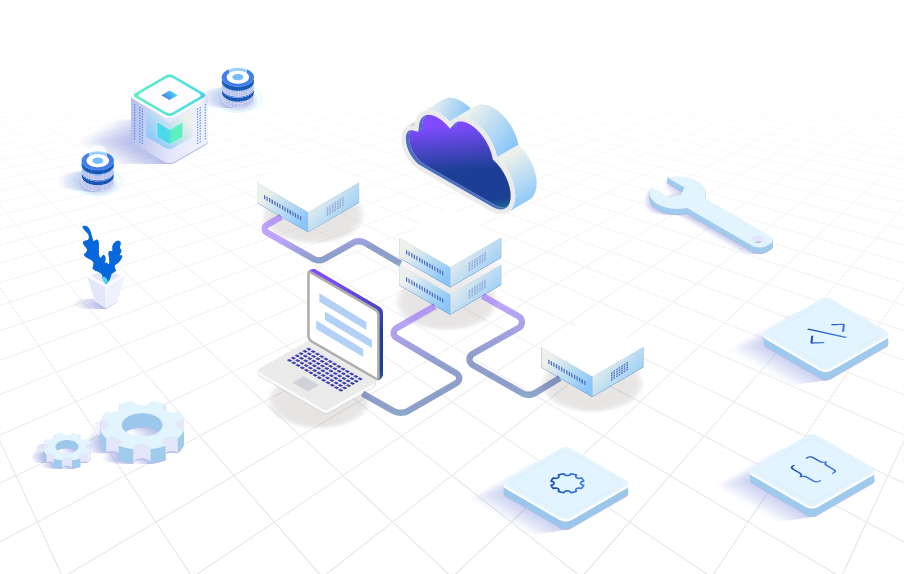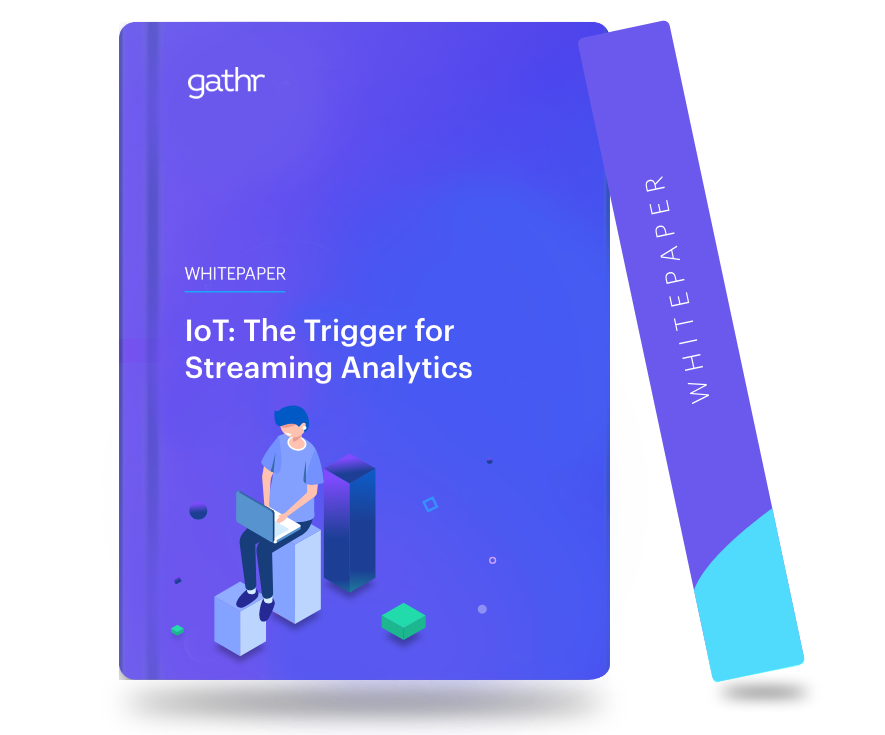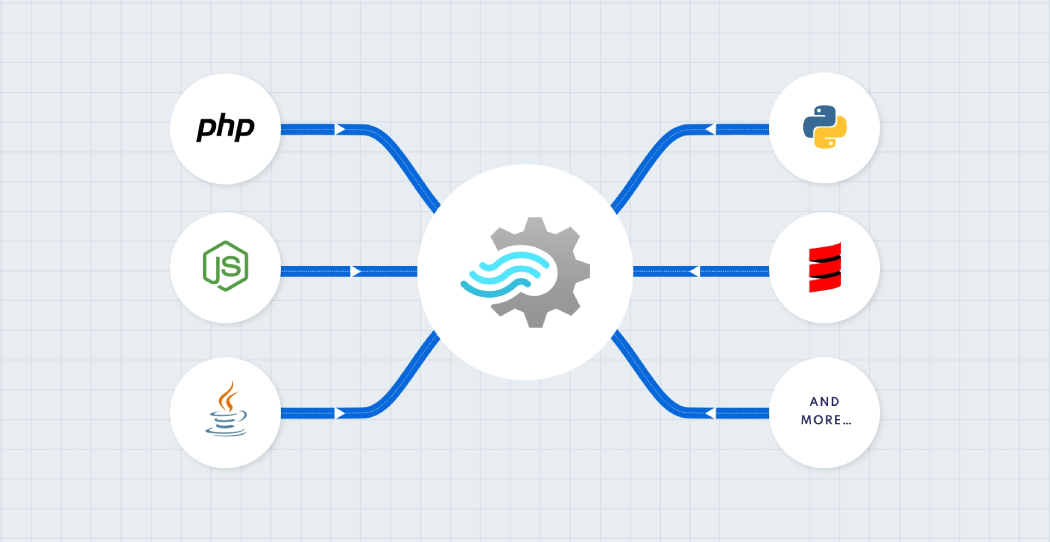Customers
Trusted by the largest enterprises on the planet
















































Benefits
Upgrade to 10x faster
processing powered by Spark
Now process more than 1 million events per second – both on-premises and in the cloud. Get native connectors for all types of data sources and formats to cut time and effort in development.

ML-powered
Analytics
Up your analytics game with support for ML, natural language processing, anomaly detection, geospatial analytics, predictive modelling, and more.
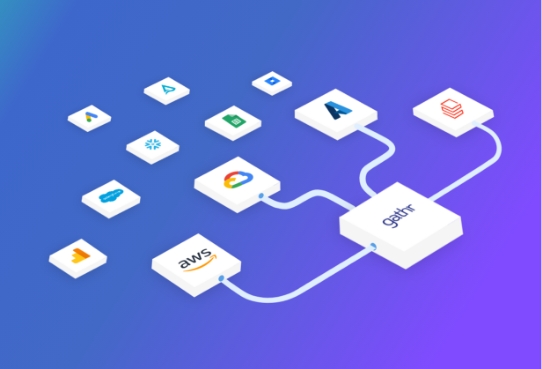
Simple Query
Designing
Use pre-built operators to join data from multiple connectors and design SQL join queries without manual coding. Or write custom SQL queries for complex use cases.
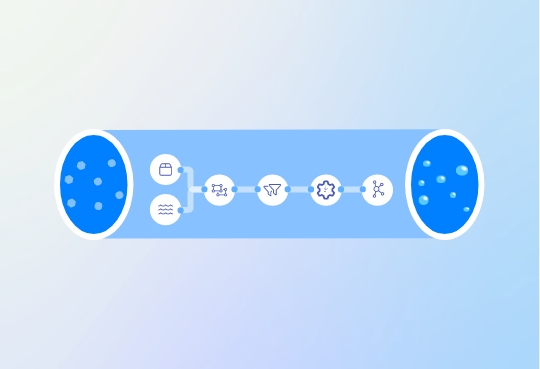
Easy
Auto-Scaling
Easily configure auto-scaling for all your pipelines. Optimize resource utilization based on conditions like memory, load, container availability, etc.
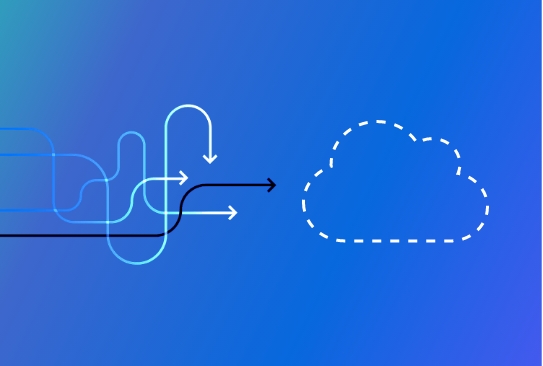
Advanced
Features
Replace out-of-order/missing data with Gathr’s built-in imputation functionality. Use advanced lookups and table processers to enrich incoming streams.
MEET GATHR
One-of-a-kind no-code, unified
data-to-outcome platform
- No-code for data at scale, batch and streaming
- Gen AI help to search, understand, query, and build easily
- 250+ connectors,
200+ operators,
50+ apps and
solution blueprints - Unified collaborative experience
- Best of open source and enterprise grade
- Production ready output from day 1
Capabilities
Customers Speak
Trusted by business leaders
EXPERT OPINION
Recognized by industry experts year after year



